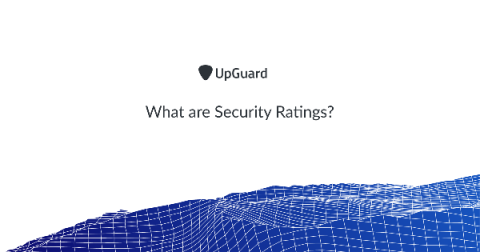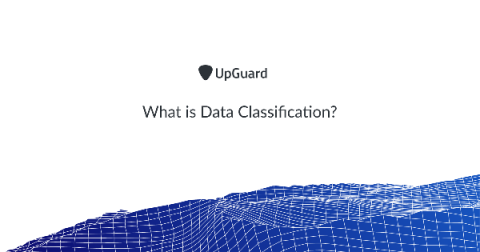Announcing Gravity 7.0
Today, we are excited to announce the release of Gravity 7.0! Gravity is a tool for developers to package multiple Kubernetes applications into an easily distributable .tar file called a “cluster image”. A cluster image contains everything an application needs and it can be used for quickly creating Kubernetes clusters pre-loaded with applications from scratch or loading applications contained within an image into an existing Kubernetes cluster like OpenShift or GKE.










